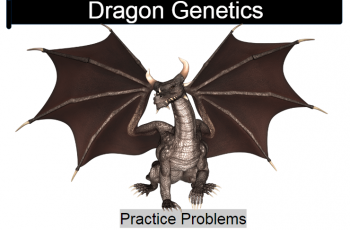Tag: genetics
-
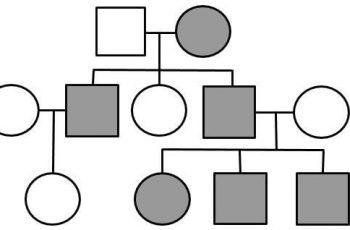
Pedigrees – Human Genetic Disorders
Students practice identifying genotypes on pedigree charts. Focus on human genetic diseases, such as albinism, dwarfism, tay-sachs, and sickle cell anemia.
-
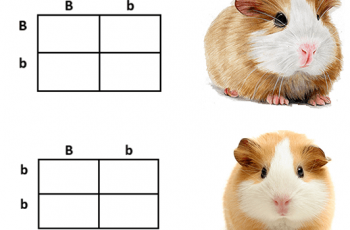
Genetics Practice Problems – Easy Mode
This worksheet was created for an introductory level biology class. This worksheet is designed to move through difficulty levels, so students start with “easy mode,” then moving to “normal” and then finally “hard mode.” Students can move at their own pace, which instructors can help students who are struggling.
-
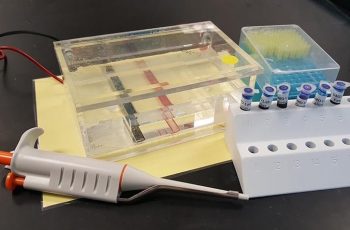
Investigation: Gel Electrophoresis and DNA
This procedural lab is a great compliment for genetic studies where students learn about sex linked genes and mutations. The allele for Duchenne Muscular Dystrophy is located on the X chromosome and is associated with a deletion mutation for that region.
-

Case Study: How Do Tibetans Survive High Altitudes
Based on the Berkeley website: Understanding Evolution, this version focuses on the how the body maintains homeostasis at high altitudes. This involves increased production of red blood cells to improve oxygen supplies to tissues. Tibetan populations have adapted to high altitudes by producing fewer red blood cells which improves fetal mortality rates. Case looks…
-
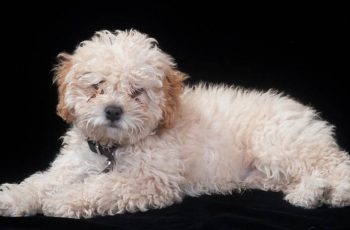
Dog SNPs and Curly Hair
In an effort to add more real data to the DNA (genetics) unit, I added a shortened form of the HHMI activity: “Mapping Genes to Traits in Dogs Using SNPs” The activity on HHMI is too advanced for freshman level biology, but I thought it would be a good introduction to DNA sequences. The activity…
-
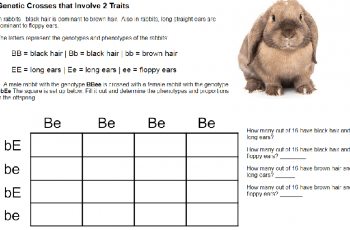
Genetic Crosses with 2 Traits with Rabbits
Beginning biology students can struggle with dihybrid crosses and setting up Punnett squares that have two traits. When tackling this concept, make sure students are familiar and competent with basic genetic crosses and setting up Punnett squares for a single trait. For example, a tall (Tt) plant is crossed with a short plant (tt). Once…
-
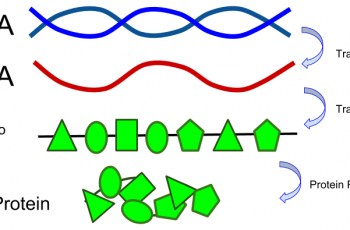
DNA, Proteins, and Mutations
Students explore how DNA becomes a function protein by using a codon chart to transcribe and translate a gene. They compare the gene found in humans to that found in other animals, deducing that the genes are very similar with only slight changes. Finally, students examine the different types of mutations and how a…
-
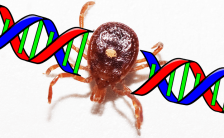
How Can Gene Editing Eliminate Lyme Disease?
This is a close reading and annotation exercise that can be completed in small groups. The article is an abridged version of “Rewriting the Code of Life” from the Annals of Science, January 2017. It includes concepts about transmission of pathogens and secondary hosts followed by an explanation of how CRISPR could be used to…
-
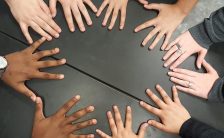
Case Study: How Do Genes Determine Skin Color?
This case study focuses on a news story whose headline declares that a “mother is a the only black woman to give birth to two white babies.” Students look past the sensationalized headline to discover how skin color is controlled by multiple genes and make a final judgement about whether statements made in the…
-
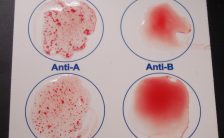
Practice Problems: Genetics and Blood Types
This worksheet provides students with practice problems on multiple allele traits, specifically on how blood types are inherited. The problems focus on the ABO blood groups and students are asked to perform crosses where parents’ blood types are known. For example, if one parent has type O blood and the other parent has…
-
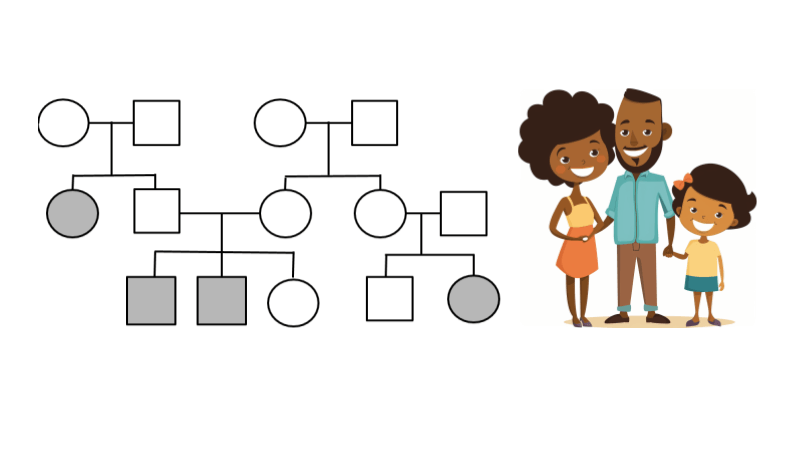
Analyzing Human Pedigrees
Examine pedigrees to determine carriers in a family and inheritance patterns.
-
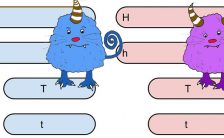
Modeling Independent Assortment & Dihybrid Crosses
Students examine how two traits are inherited, revealing that each allele has an equal chance of being passed on to the next generation, the principle of independent assortment.
-

Investigation: Modeling Heredity with Popsicle Sticks
In this activity, you will use popsicle sticks to model the process of gamete formation and the combining of sperm and egg to create offspring. Results of the simulation can then be compared to Punnet square expected results. Popsicles should be made in advance, the set contains a male and female set with the genotypes…
-
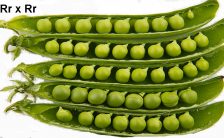
Simple Mendelian Genetics Practice Problems
Students learning basic Mendelian genetics can practice assigning genotypes and identifying heterozygous and homozygous configurations. Squares are set up to do crosses with purple and white flowers as seen in Mendel’s pea plants. The worksheet is very simple, designed for beginning students of biology and genetics. More difficult versions of genetics practice problems might…


